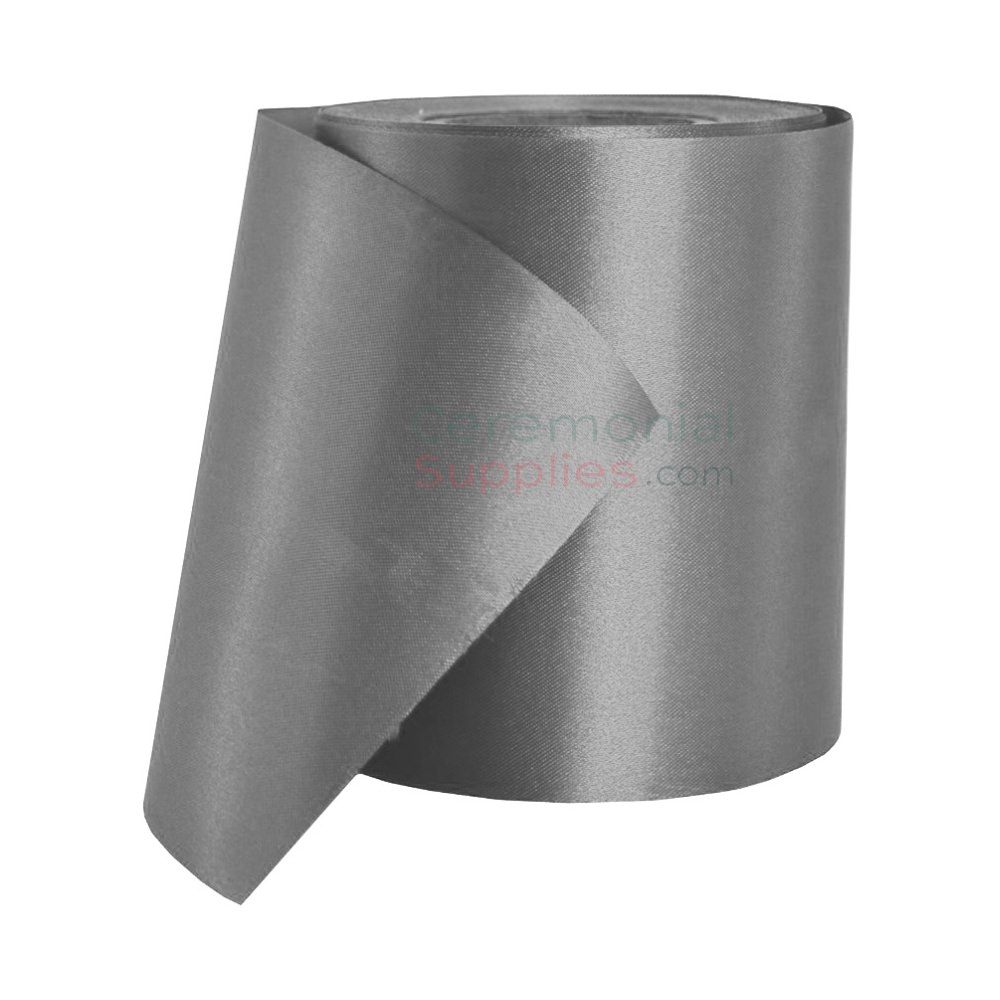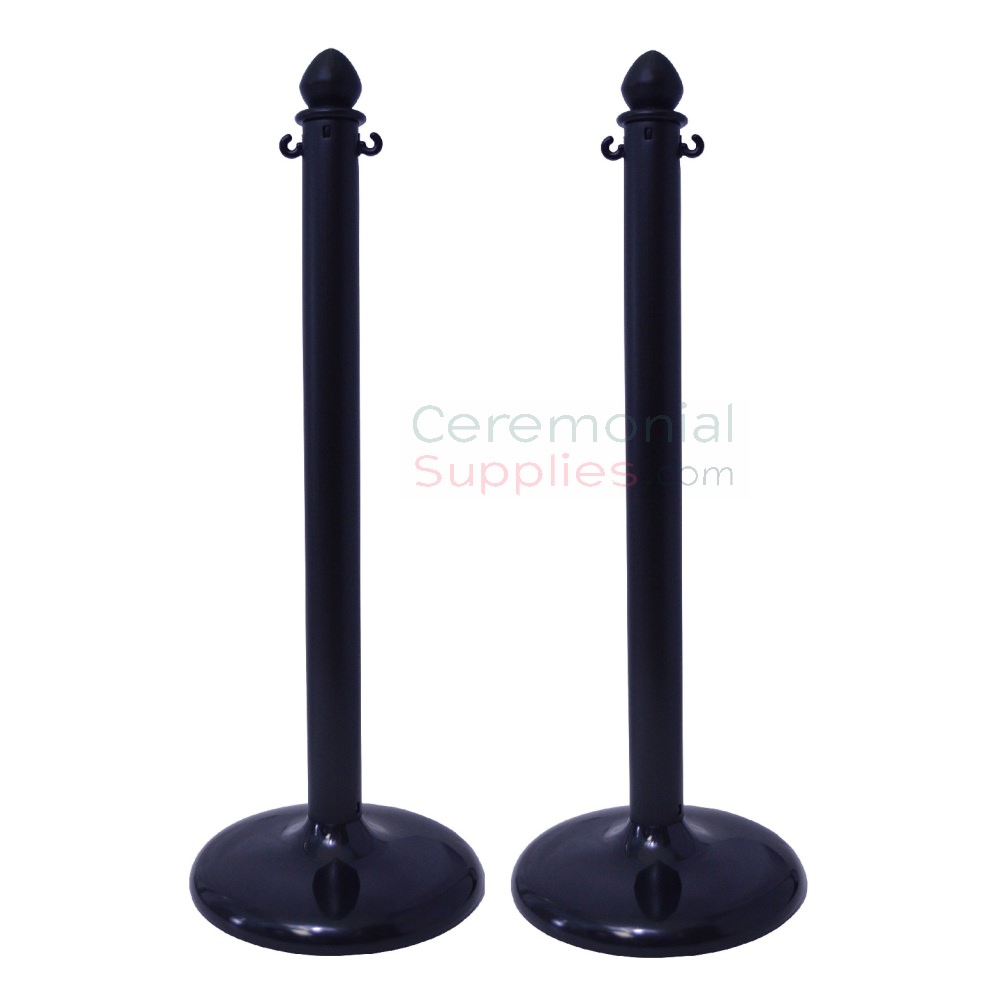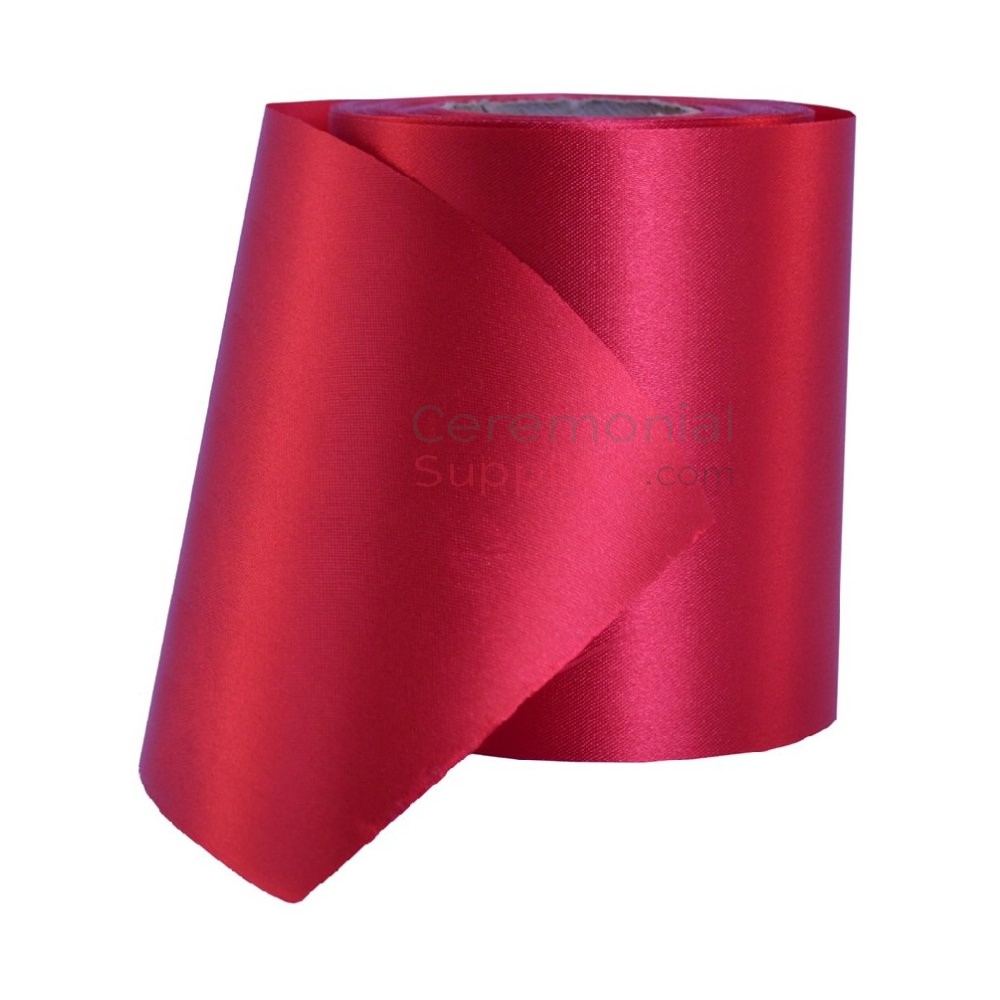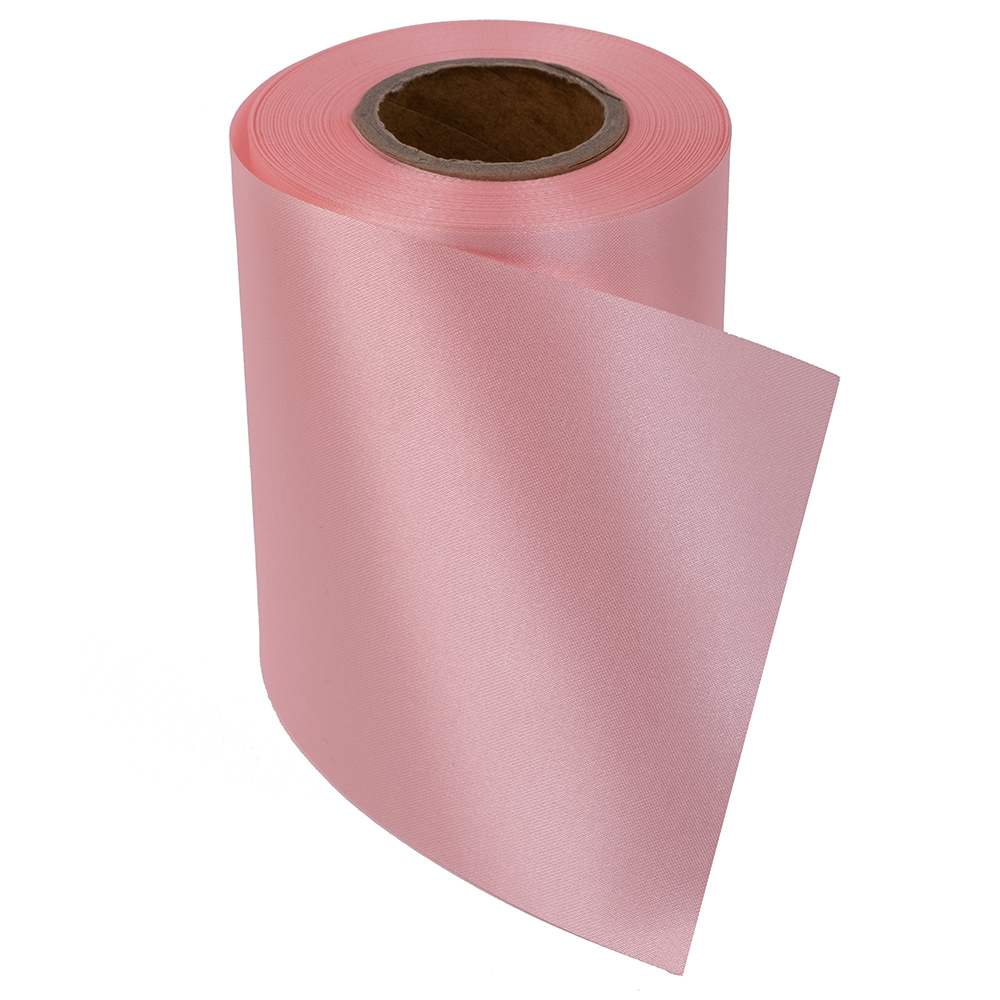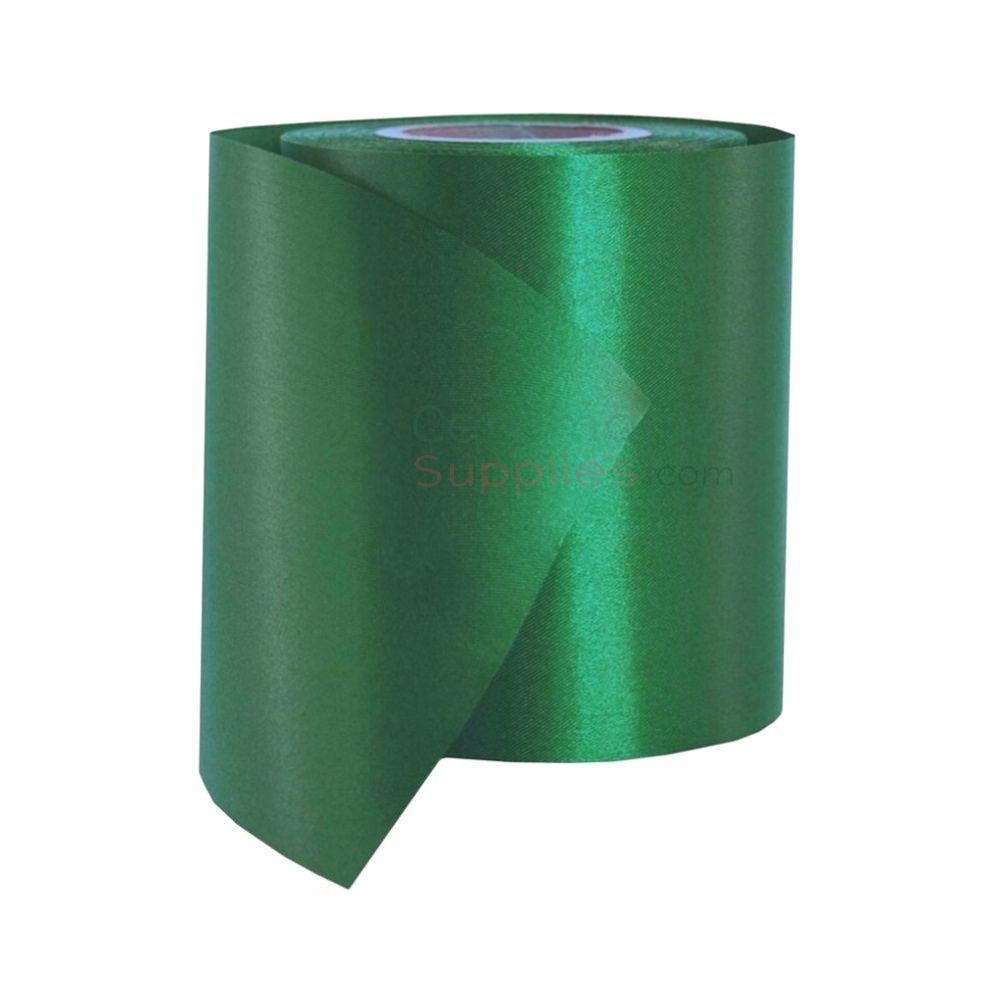The twelve days of Christmas are rooted in centuries of tradition, marking the joyful season from December 25 through January 6. When we celebrate these days, we honor both faith and festivity, blending history with modern style. In our homes and public spaces, we love to celebrate the twelve days of Christmas with custom ribbons to mark each day, layering decorative ribbons on trees, mantels, and staircases, and pairing them with elegant vertical banners to announce the season with warmth and intention.

Historically, the twelve days of Christmas symbolized a time of feasting, gift giving, and reflection, with each day holding its own meaning. We often decorate gradually, adding symbolic touches as the days progress. Wrapping greenery with custom branded ribbons allows us to introduce color and identity, while decorative ribbons in satin, grosgrain, or sheer textures soften garlands and wreaths. Framing entryways with vertical banners adds height and pageantry, making every arrival feel ceremonial and celebratory.
In our decorating approach, we focus on ribbons of varying widths and sizes to create depth. Narrow accents can outline ornaments or candles, while wider bands create dramatic bows and swags. We frequently incorporate custom branded ribbons to reflect family names, company logos, or holiday messages, blending personalization with tradition. Complementing these details with decorative ribbons tied along stanchions and rope, and paired with vertical banners helps unify rooms and guide guests through festive spaces.

For community celebrations and corporate settings, the twelve days of Christmas offer a wonderful opportunity to rotate themes and colors. We may feature gold and crimson early on, then shift to winter whites and evergreen tones. Custom branded ribbons make each display feel intentional and professional, while decorative ribbons add softness and movement. Tall vertical banners at entrances or stages reinforce the message of the day, creating a cohesive visual story across multiple locations.
CeremonialSupplies.com supports these celebrations with a wide assortment of ceremonial props and décor essentials. We rely on their premium crafted groundbreaking shovels, expertly finished for photo-worthy moments, and their decoration ribbons and grand opening ribbons available in lengths and widths from 1.5" to 12" extra-wide for dramatic reveals. Their custom branded ribbons are produced with crisp printing and durable materials, while decorative ribbons span textures and finishes to suit any theme, and vertical banners complete the scene with polished presence.
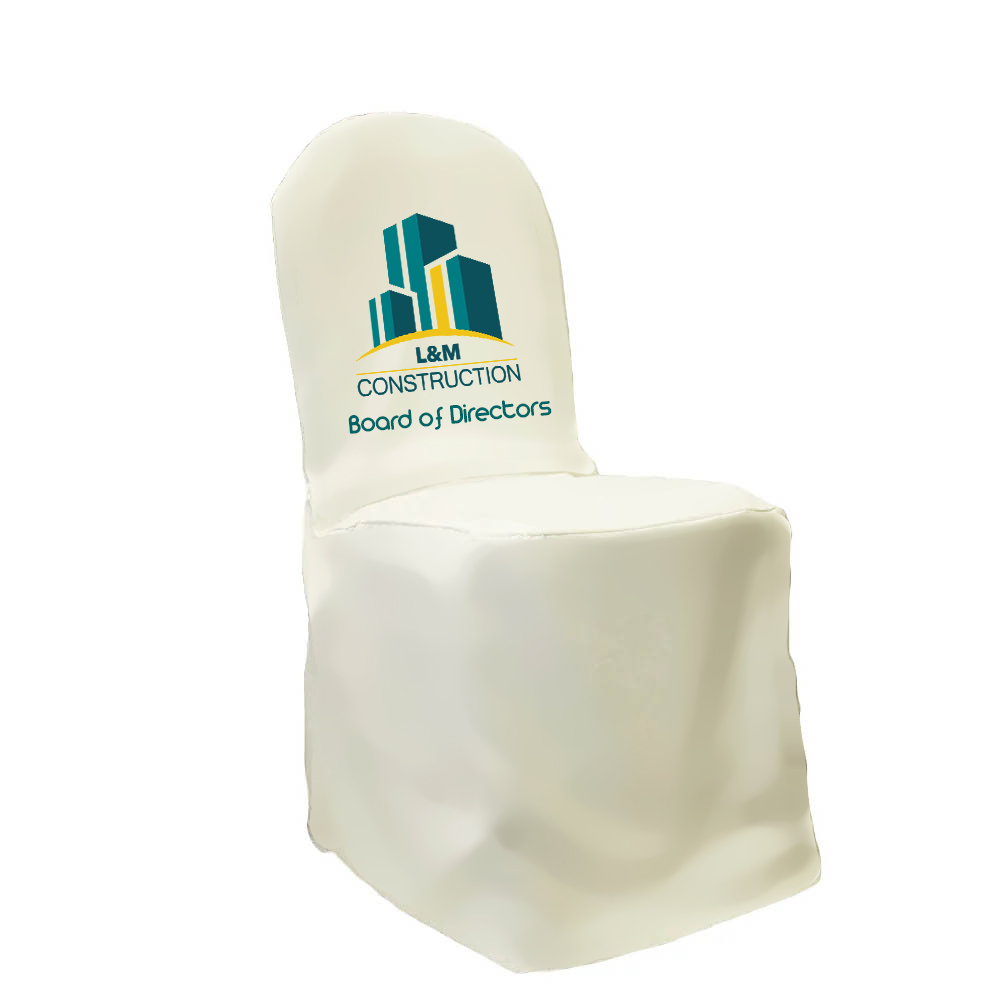
Beyond ribbons, CeremonialSupplies.com offers event carpets that define pathways, military flags and medals that honor service, embroidered logo clothing for unified teams, and branded tablecloths and chair covers that elevate receptions. We also specialize in wedding and birthday ribbon decorations with branding, posh event carpets, sturdy stanchions and rope systems for crowd control, and countless other decoration essentials and props that allow us to design meaningful environments throughout the twelve days of Christmas and New Year’s celebrations.
As the twelve days of Christmas conclude the season, we find joy in how thoughtful décor brings people together, linking history with creativity. From intimate gatherings to grand public opening displays, the twelve days of Christmas shine brighter when details are intentional and well crafted. We invite you to visit CeremonialSuplies.com online chat, or click here for a quote.




